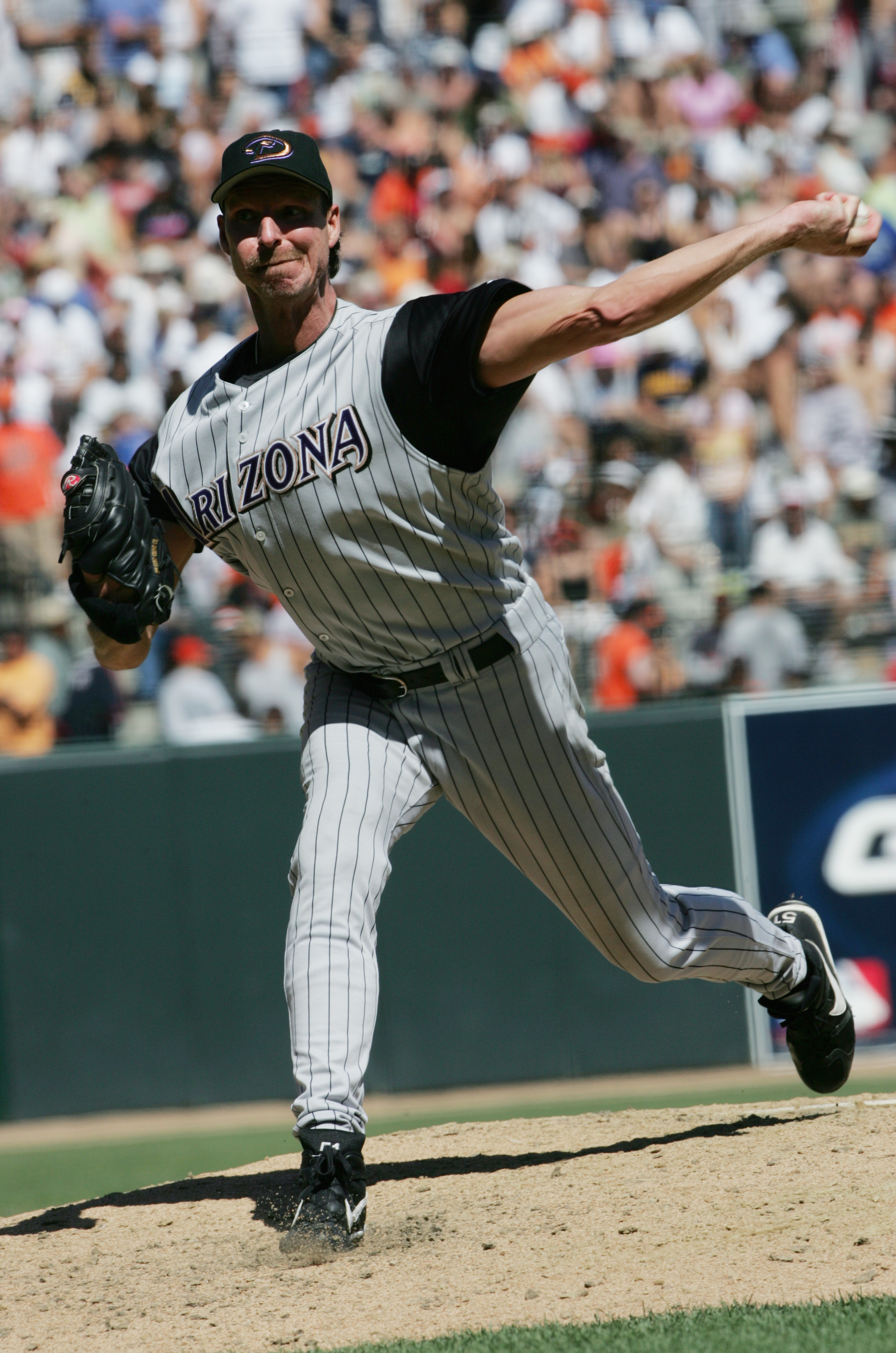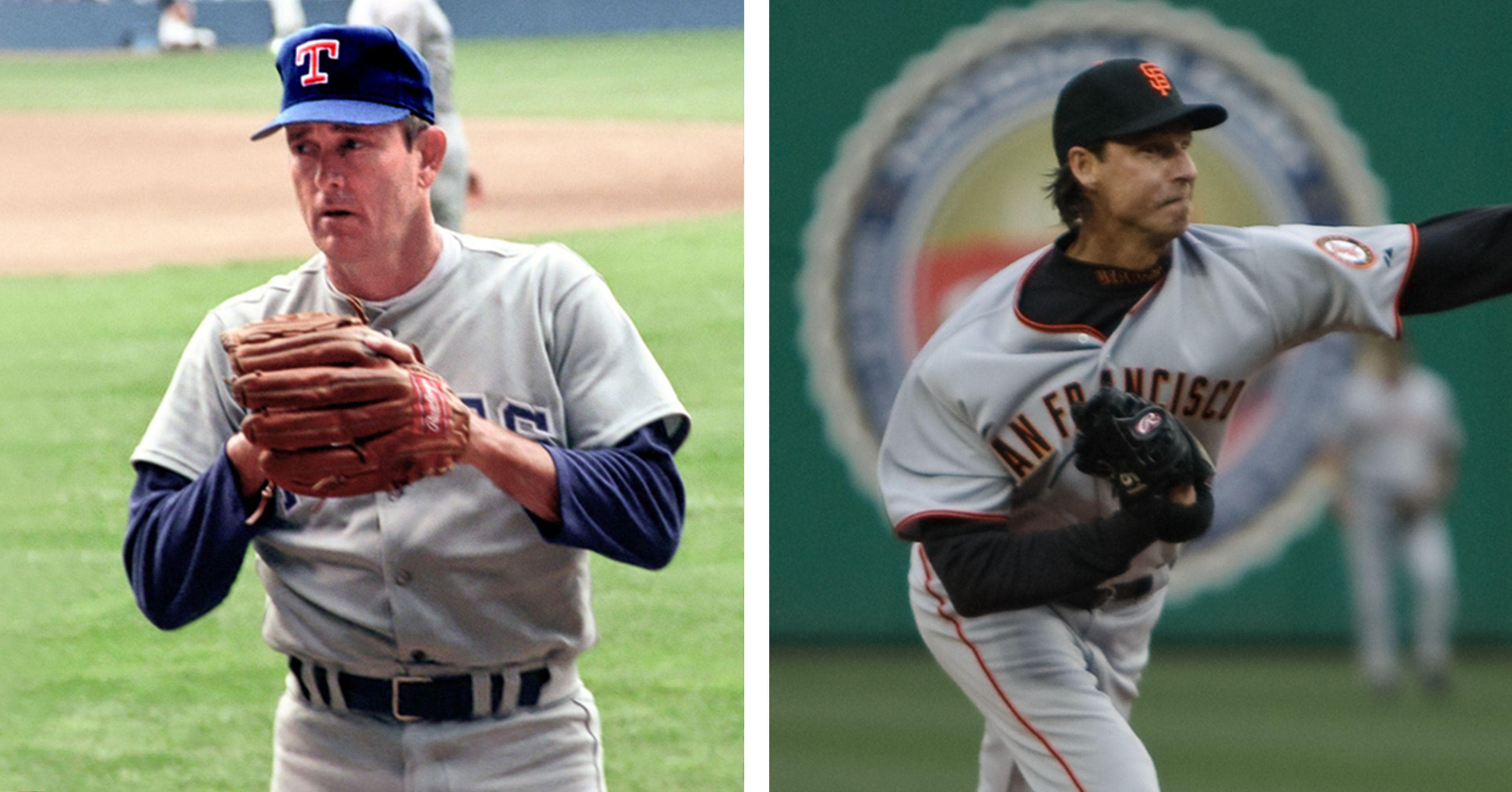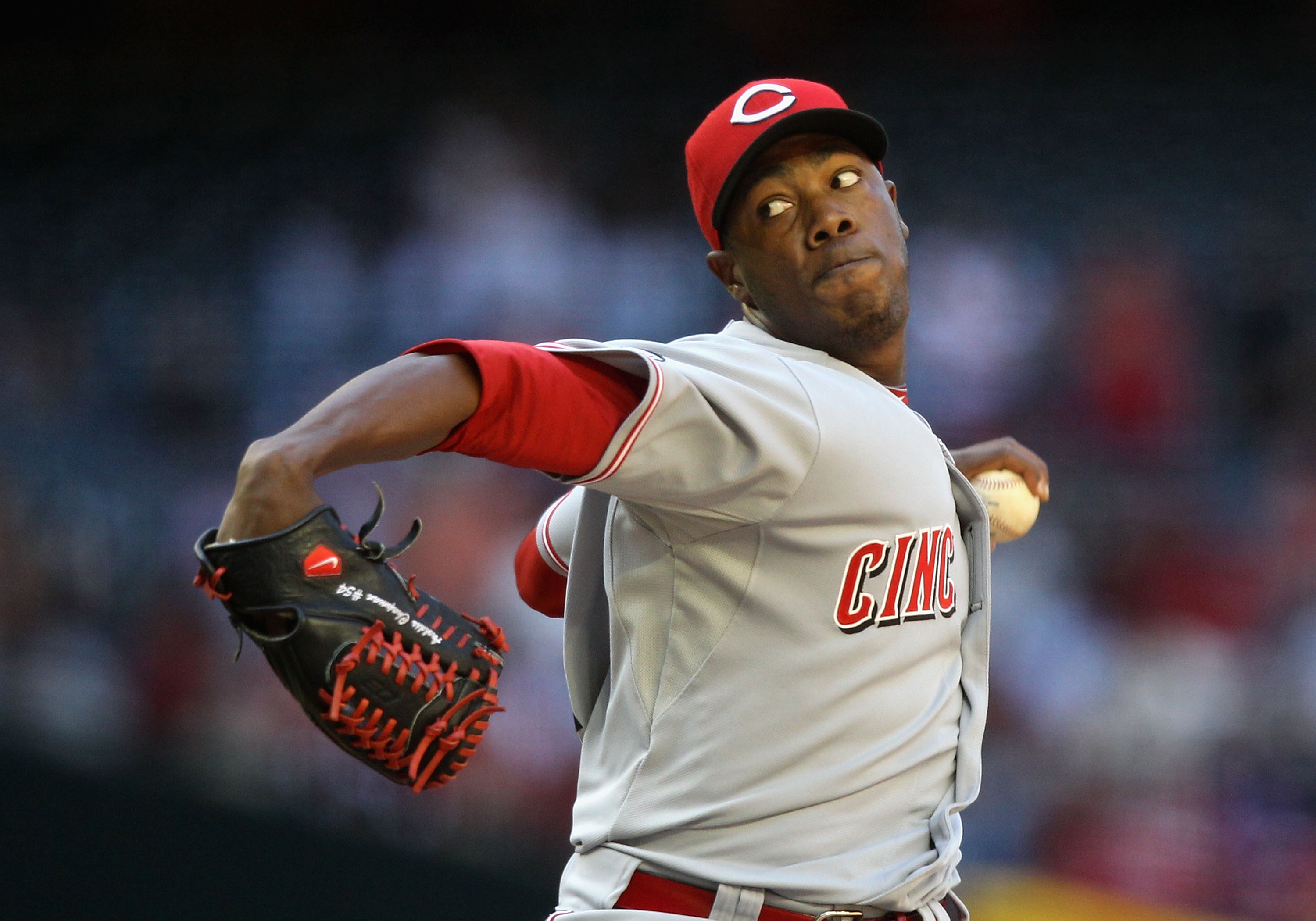Who Is The Fastest Pitcher Of All Time? Unraveling Baseball's Speediest Arms
Ever wondered who holds the ultimate title for pitching velocity, that incredible blur of a baseball rocketing towards home plate? It's a question that, you know, really gets baseball fans talking, a pursuit of sheer speed on the diamond. For many, the fastest pitch is a legendary feat, a display of raw athletic might, a true spectacle to behold. It’s a moment of pure, raw power, something quite captivating to witness.
We often talk about speed in various forms, like the almost unimaginable velocity of light, which, as a matter of fact, travels at 670,616,629 mph (1,079,252,848 km/h), making it the fastest speed possible in the universe. Or, we might think about the cheetah, that incredibly quick land animal, a real marvel of nature, or even the rapid pace of today's internet service providers, which, you know, deliver data at astonishing rates. But what about the specific, powerful speed found in a baseball pitcher's arm? That's a different kind of fast, a very human kind of fast, arguably.
This piece will explore the quest to identify baseball's speed king, looking at the legends and the science behind those incredible throws. We'll consider what makes a pitch truly fast and the challenges of measuring such a fleeting moment. It's important to remember that our provided text, while discussing many fast things, like the peregrine falcon being the fastest bird or the fastest production cars, doesn't actually pinpoint the fastest baseball pitcher. So, we'll talk about the general idea of speed, and then, you know, shift our focus to the baseball diamond.
Table of Contents
- Understanding Pitching Velocity
- The Legends of Speed: A Historical Look
- Early Era Speedsters
- Modern Velocity Kings
- How Pitch Speed is Measured
- The Science Behind a Blazing Fastball
- The Debate: Who Truly Holds the Record?
- Frequently Asked Questions
- Wrapping Things Up
Understanding Pitching Velocity
Pitching velocity, you see, is essentially how quickly a baseball travels from a pitcher's hand to home plate. It's a key element in baseball, a very important part of the game, influencing everything from a batter's reaction time to the overall excitement of a game. A faster pitch, in a way, means less time for the batter to think, less time to react, which can lead to more strikeouts and, you know, more thrilling plays.
For fans, that raw number, the speed reading on the scoreboard, is a source of awe. It’s a way to measure a pitcher’s sheer physical gift, their ability to generate immense force. It’s almost like, you know, watching a missile launch, but on a baseball field. This pursuit of speed is a constant theme in sports, much like the quest for the fastest production car or, for that matter, the fastest internet connection. It’s all about pushing limits, isn’t it?
While our provided text, as a matter of fact, gives us interesting facts about various forms of speed, like the speed of light or the incredible pace of the fastest land animal, the cheetah, it doesn't give us the exact figures for baseball pitches. So, we're talking about a different kind of speed here, a specialized athletic kind of speed, if you will. It’s a very specific kind of quickness, that’s for sure.
The Legends of Speed: A Historical Look
When people talk about the fastest pitchers, they often look back through history, recalling names that became synonymous with raw, unadulterated velocity. It's a bit like recalling the fastest cars or planes; the stories grow with time. The tools for measuring speed have changed a lot over the years, which, you know, makes comparing different eras a real challenge. It's not as simple as comparing apples to apples, apparently.
Early Era Speedsters
In the early days of baseball, long before radar guns were even a thought, legends were built on reputation and eyewitness accounts. Pitchers like Walter Johnson, often called "The Big Train," were said to throw with incredible speed, a blur that batters just couldn't handle. His pitches, many believed, seemed to vanish, they were so quick. Then there was Bob Feller, "Rapid Robert," who, you know, famously had his fastball timed by various, rather rudimentary, methods, some suggesting speeds that were truly astonishing for his time. These were the pioneers of speed, in a way, setting the stage for what was to come.
These early accounts, however, are based on less precise measurements than what we have today. So, it's hard to say with absolute certainty how their speeds compare to modern pitchers. It's a bit like trying to compare the speed of early automobiles to today's supercars; the technology and testing methods were just so different. But, their reputations for speed, you know, definitely stand the test of time, cementing their place in baseball lore.
Modern Velocity Kings
Fast forward to today, and we have pitchers consistently hitting speeds that were once thought impossible. Aroldis Chapman, for instance, is a name that comes up often in discussions about the fastest pitch. His fastball, you know, has been recorded at truly incredible speeds, making him a dominant force on the mound. Then there's Nolan Ryan, a legendary figure whose pitches were, quite simply, feared. He pitched for decades, and his fastball remained a weapon throughout his long career, arguably one of the most powerful ever seen.
Other modern pitchers, like Jordan Hicks and Stephen Strasburg, have also showcased incredible arm strength, regularly throwing pitches that push the limits of what's possible. The sheer number of pitchers throwing 100 mph or more seems to be growing, which, you know, suggests that training methods and perhaps even player physiques are evolving. It’s a very exciting time for fastball enthusiasts, that's for sure.
How Pitch Speed is Measured
Measuring the speed of a baseball pitch has come a long way. In the past, it was often done with less sophisticated equipment, sometimes even by timing a pitch from the mound to the plate with a stopwatch, which, you know, isn't the most accurate method. Nowadays, the game uses advanced technology to get precise readings, giving us a much clearer picture of how fast that ball is actually moving.
Modern baseball relies heavily on radar guns and, more recently, systems like Statcast. These tools use very precise technology to track the ball's movement from the moment it leaves the pitcher's hand. It’s a bit like how, you know, new speed test data reveals the nation's fastest internet service provider, using advanced systems to measure performance. The goal is always to get the most accurate number possible, to truly understand the velocity.
The placement of the radar gun can, however, slightly affect the reading. Some guns measure the speed right out of the hand, while others might measure it closer to the plate. This difference, though small, can sometimes lead to slight variations in reported speeds, which, you know, can fuel debates among fans and analysts. It’s a very precise science, with tiny details making a difference.
The Science Behind a Blazing Fastball
Throwing a baseball at incredible speeds isn't just about brute strength; there's a lot of science and biomechanics involved. It's a complex chain of movements, starting from the legs and core, transferring energy up through the torso, shoulder, and finally, into the arm and hand. Every part of the body, in a way, works together to generate that immense velocity. It's a very coordinated effort, apparently.
The arm speed, the rotation of the torso, and the precise release point all play crucial roles. A pitcher’s ability to efficiently transfer energy throughout their body, much like a well-oiled machine, allows them to maximize the speed of the ball. It’s almost like the fastest land animal, the cheetah, which is built for explosive speed, or the peregrine falcon, which dives at incredible rates; their bodies are optimized for their specific kind of quickness.
Spin rate is another factor that, you know, impacts how effective a fastball is, even if it doesn't directly measure its speed. A high spin rate can make a pitch appear to rise or move in unpredictable ways, making it even harder for a batter to hit. So, while speed is key, it's also about how that speed is delivered and the movement it creates. It’s a very intricate dance of physics and athleticism.
The Debate: Who Truly Holds the Record?
When it comes to definitively naming the fastest pitcher of all time, things get a little murky. This is because, you know, as we discussed, measurement techniques have changed so much over the decades. It's hard to compare a pitch from the 1940s, timed with less precise equipment, to a pitch recorded with today's advanced Statcast system. It's a bit like comparing early flight records to modern jet speeds; the context is just so different.
Many people consider Nolan Ryan's fastball from 1974, which was clocked at 108.1 mph by a special laser radar gun, to be the fastest. However, that measurement was taken at a different point in the pitch's trajectory than modern radar guns. Then there's Aroldis Chapman, whose 105.8 mph fastball in 2010 is widely recognized as the fastest pitch recorded by modern MLB Statcast technology. So, it really depends on how you define "fastest" and which measurement method you trust.
The truth is, there's no single, universally agreed-upon record that spans all of baseball history due to these inconsistencies. It’s a debate that, you know, continues to spark lively discussions among baseball enthusiasts. While our provided text helps us think about different kinds of speed, it doesn't give us the definitive answer for baseball's fastest throw. It just shows us that speed, in all its forms, is something we're always trying to measure and understand, whether it's the fastest production car or the speed of light.
Frequently Asked Questions
Who has the fastest pitch in MLB history?
Many believe Nolan Ryan holds the record for the fastest pitch, with a 108.1 mph throw recorded in 1974, though the measurement method was different from today's. In the modern era, Aroldis Chapman's 105.8 mph fastball is widely recognized as the fastest recorded by MLB's Statcast system. So, it really depends on how you look at it, you know, and which era's measurements you consider.
Has anyone thrown 108 mph?
Yes, reports indicate that Nolan Ryan did throw a pitch recorded at 108.1 mph in 1974. However, it's important to remember that the technology used to measure that speed was different from the systems used today. So, while it's a legendary number, it's, you know, hard to directly compare it to modern readings.
Is 105 mph fastball fast?
Absolutely! A 105 mph fastball is incredibly fast, even by today's standards. It's a speed that very few pitchers in the history of baseball have been able to achieve. It leaves batters with very little time to react, making it an exceptionally difficult pitch to hit. It's a truly elite level of velocity, a real testament to a pitcher's power, arguably.
Wrapping Things Up
The quest to identify the fastest pitcher of all time is, you know, a fascinating journey through baseball history and the evolution of measurement technology. From the legendary tales of early speedsters to the laser-accurate readings of today's Statcast, the pursuit of that ultimate velocity continues to captivate us. It's a reminder that speed, whether it's the speed of light or the quickness of a cheetah, is something we constantly admire and try to quantify. For more insights into incredible athletic feats, you can learn more about speed records on our site.
While a definitive answer remains elusive due to changing measurement standards, the names of pitchers like Nolan Ryan and Aroldis Chapman will forever be etched in the minds of fans as symbols of raw, blazing speed on the mound. Their incredible arm talent pushes the boundaries of what's possible in the game. We invite you to discover more about baseball history here and share your thoughts. Who do you think is the fastest pitcher you've ever seen? What are your favorite memories of incredible velocity?

Aroldis Chapman and the 15 Fastest Pitches Ever Recorded

The 190+ Greatest MLB Pitchers Of All Time, Ranked By Fans

Aroldis Chapman and the 15 Fastest Pitches Ever Recorded